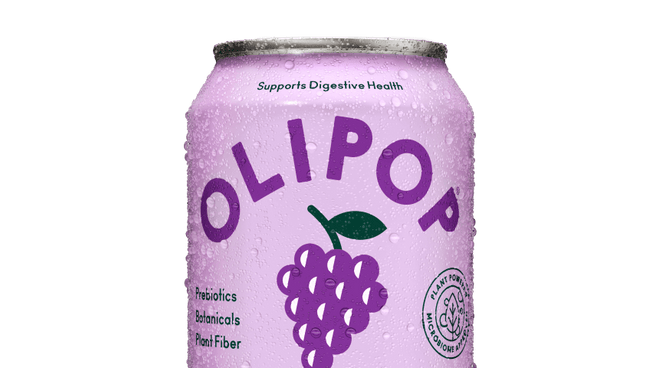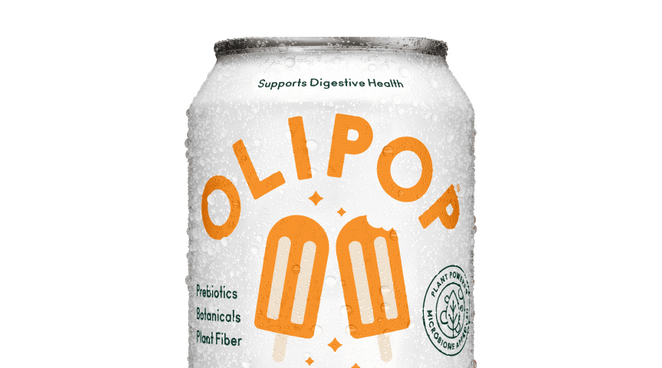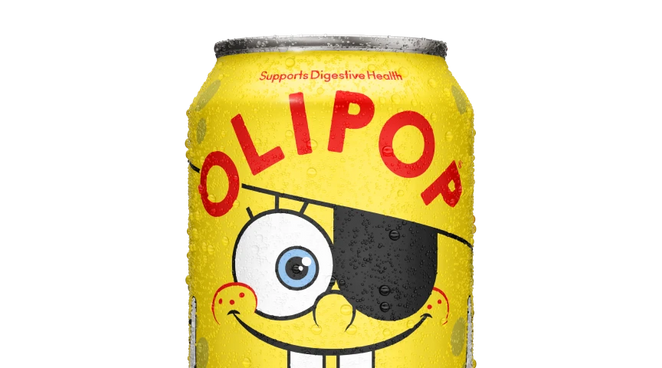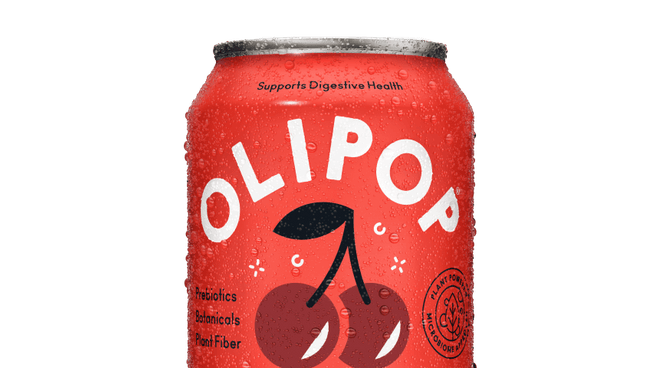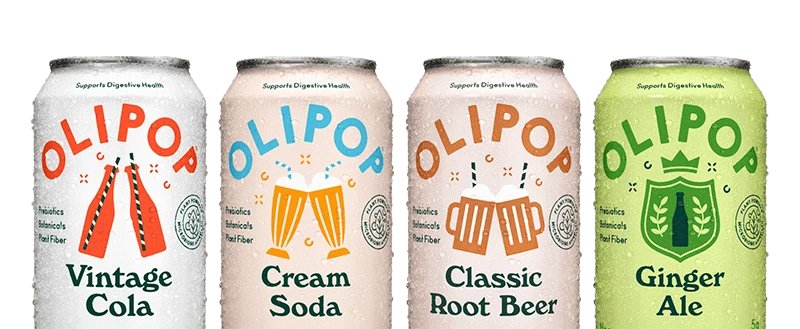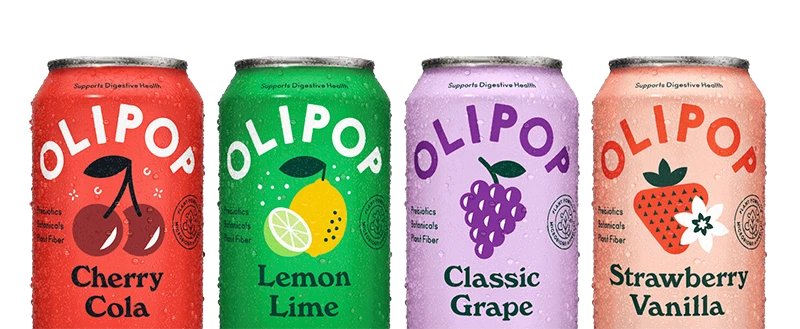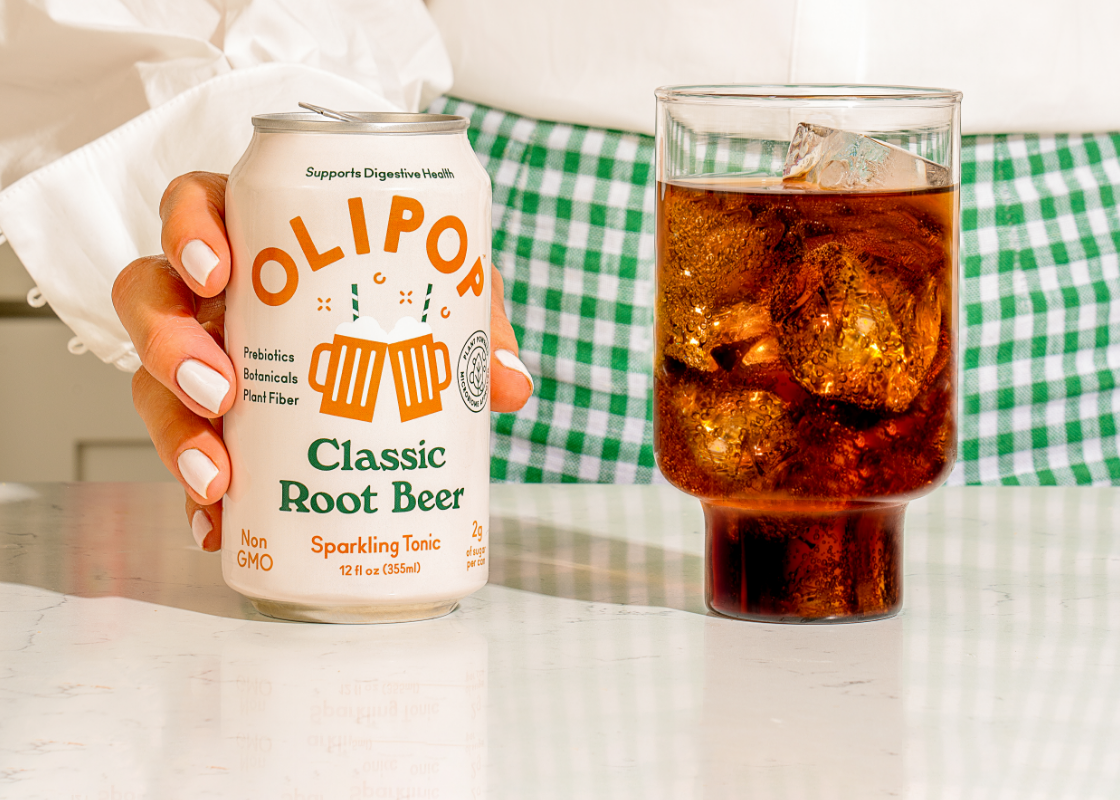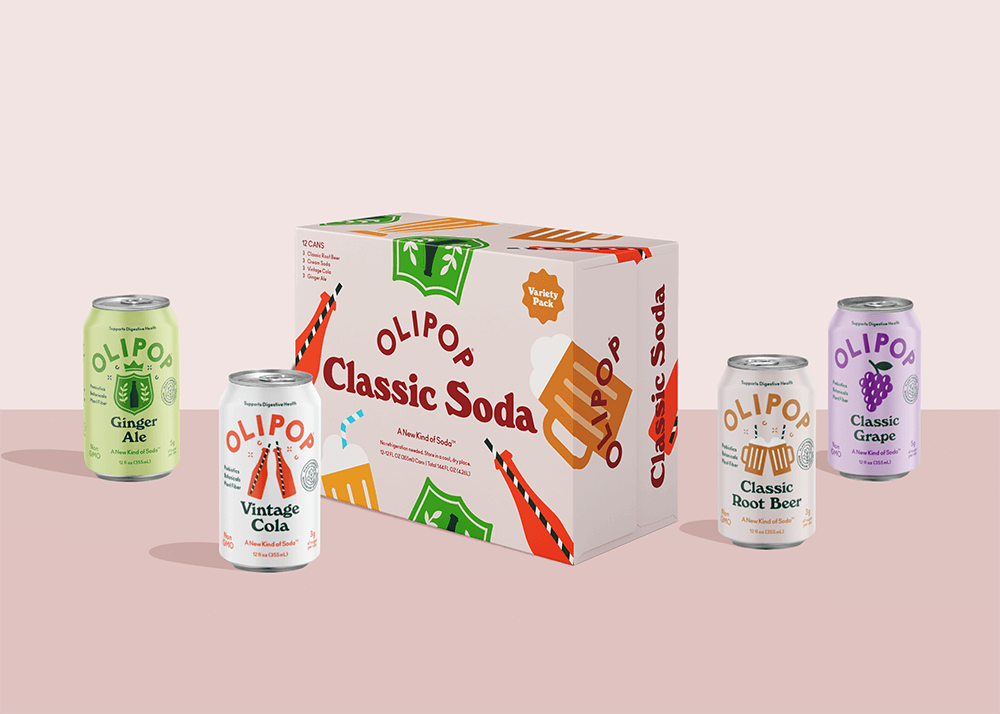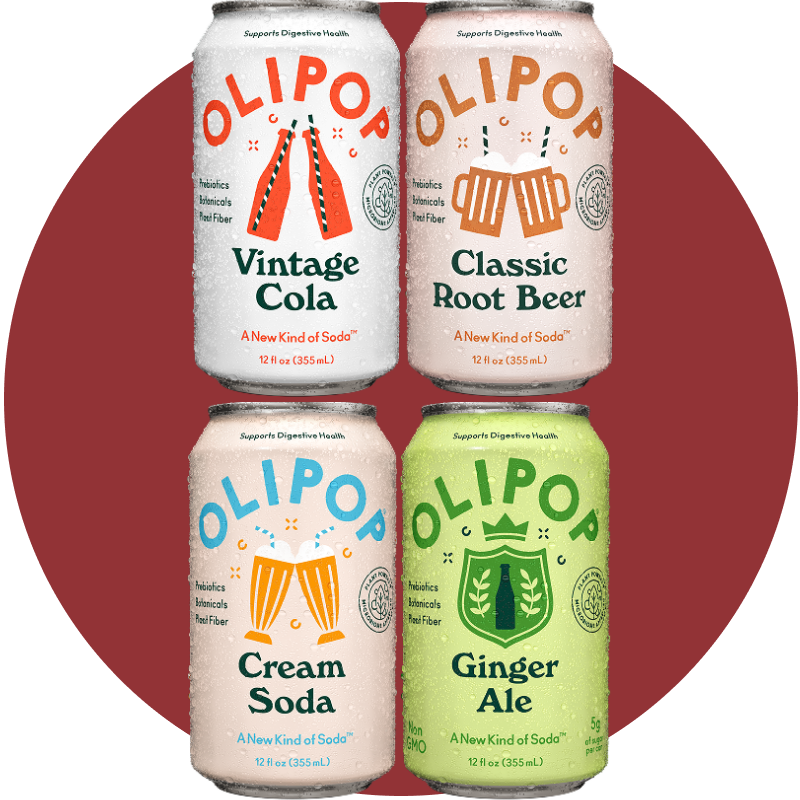Did somebody say Root Beer that's actually good for you? Yup, that was us. We said it, and we meant it. We knew we could never go wrong with a time-honored American favorite, so we gave it the OLIPOP treatment: the same nostalgic Root Beer flavor you grew up loving, crafted with a thoughtful blend of functional ingredients to support your digestive health.
So, join us as we crack open the story of OLIPOP Classic Root Beer and take a peek inside the can.
Meet Classic Root Beer
Every OLIPOP flavor has a familiar, iconic taste profile. And we didn’t stray from that when we created our Classic Root Beer. For us, a sip of Root Beer triggers a rush of nostalgia. It brings back sweet memories of childhood, like sharing an ice cream float with a friend, sipping on a straw at a diner, or carefree summers in the backyard. It’s comfort, it’s joy, it’s unmistakably familiar. So, when we set out to create our own version, we didn’t want to reinvent it—we wanted to elevate it. We captured everything you love about that timeless Root Beer flavor and layered it in our modern soda magic.
Classic Root Beer’s Inspiration Story
Root Beer has some history, and we love that about it. Long before it became the creamy soda staple we know today, Root Beer had its roots (literally) in sassafras. Indigenous tribes created medicinal beverages using the plant. This then got passed on to the American colonists, who created traditional “small beers” using sassafras and other ingredients like licorice, birch bark, ginger, and nutmeg.
Fast forward to the 1860s, when a Philadelphia pharmacist named Charles Elmer Hires stumbled upon a blend of botanicals he believed could be marketed as a health tonic. His original brew was earthy, herbal, and… well, let’s just say it needed some tweaking. But tweak it he did, and by 1876, Hires debuted a sweetened, carbonated version of his “root tea” at the Philadelphia Centennial Exhibition. People loved it. By the 1890s, bottled Root Beer was flying off the shelves.[1] [2]
We’ve always admired the history behind this beloved beverage: its blend of bold flavors, its ties to traditional wellness, and its knack for reinvention. So, our CEO, Co-Founder, and Formulator, Ben Goodwin, took that inspiration and gave it a modern OLIPOP spin. The result? A soda that doesn’t just taste like the Root Beer of your dreams but also supports your digestive health. It’s a win-win for your taste buds and your gut.
Classic Root Beer Nutrition
Root Beer is an American classic with a rich (and creamy!) history. Unfortunately, like other major soda flavors, Root Beer is traditionally rich in added sugars and artificial ingredients. Which, ironically, is quite the opposite of Charles Elmer Hires' original vision for a cure-all medicine!
But that’s not the story with OLIPOP Classic Root Beer. Ours is made with 6 to 9g of fiber and 3g of sugar from cassava root syrup and real fruit juice, with just an extra kiss of sweetness from stevia. Our ingredients form the ultimate dream team, featuring fiber to support healthy digestion and nourish the microbiome that exists within all of us, along with delicious botanical extracts. Our sodas are made with OLISMART, a blend of plant fibers and prebiotics, each carefully selected for their biome-supporting benefits.
Where to Buy OLIPOP Classic Root Beer
Want to give this American classic a try? We don't blame you! You can buy all of our flavors at several retailers and locations. To find a store near you, use this nifty tool that lets you search by location.
If you're not into going to the store, we can also come to you. You can order all your favorite flavors right here at drinkolipop.com, and they'll be on your front doorstep before you know it. Be sure to check out our Classic Soda Variety Pack if you're an old-fashioned soda lover. Featuring a modern take on timeless flavors, this variety pack includes our Classic Root Beer (of course), Vintage Cola, Cream Soda, and Ginger Ale.
Sources
- Bellis, Mary. “The History of Root Beer.” ThoughtCo, Dotdash, 9 Aug. 2019, www.thoughtco.com/history-of-root-beer-1992386.
- McVean, Ada. “The Root in Root Beer Is Sassafras.” Office for Science and Society, McGill University, 22 Feb. 2018, www.mcgill.ca/oss/article/did-you-know/root-root-beer-sassafras
- In the 1860s, the Root Beer we now know today made its first appearance in American culture thanks to pharmacist Charles Elmer Hires.
- OLIPOP’s Classic Root Beer has 6 to 9g of dietary fiber, 3g of sugar, and sweetness from stevia, cassava root syrup, and fruit juice.





